If you're sick of getting overwhelmed by the tequila options when you're at your local liquor store, let's dive into the different types of tequila! After this post, you'll be a tequila expert. Plus, I included a guide below for you to save.
What are the main types of tequila?
There are four main types of tequila that you will typically see in liquor stores. The four types below are all differentiated by the aging process. There are also a few different types of tequila if we want to get really granular, I'll get into 100% agave, mixto tequilas, and others a bit further down.
Depending on how you want to drink your tequila will help you figure out the tequila type you'll want.
Blanco Tequila
Blanco tequila is also known as silver or white tequila. If you see a bottle of clear tequila labeled any of those 3 names, you are buying unaged tequila, meaning it is bottled right after the distilling process. You'll typically get hints of citrus if you are sipping on blanco tequila straight. Because of the notes of citrus and the unaged flavor, I always say silver tequila is the best type of tequila for mixed drinks, particularly fruit-based drinks, like traditional margaritas or fruity margaritas. It's also a popular choice for any tequila shots. Also given that it is an unaged tequila, it's considered the purest form of tequila. If you're looking for perfect margaritas, you should try this passion fruit margarita, spicy mango margarita, or raspberry margarita on the rocks. I love always having a bottle of blanco on my home bar.
Favorite Blanco Tequila Brands
- Patrón Silver Tequila
- Milagro Silver
- Don Julio Blanco
- 1800 Silver Tequila
- Teremana Tequila
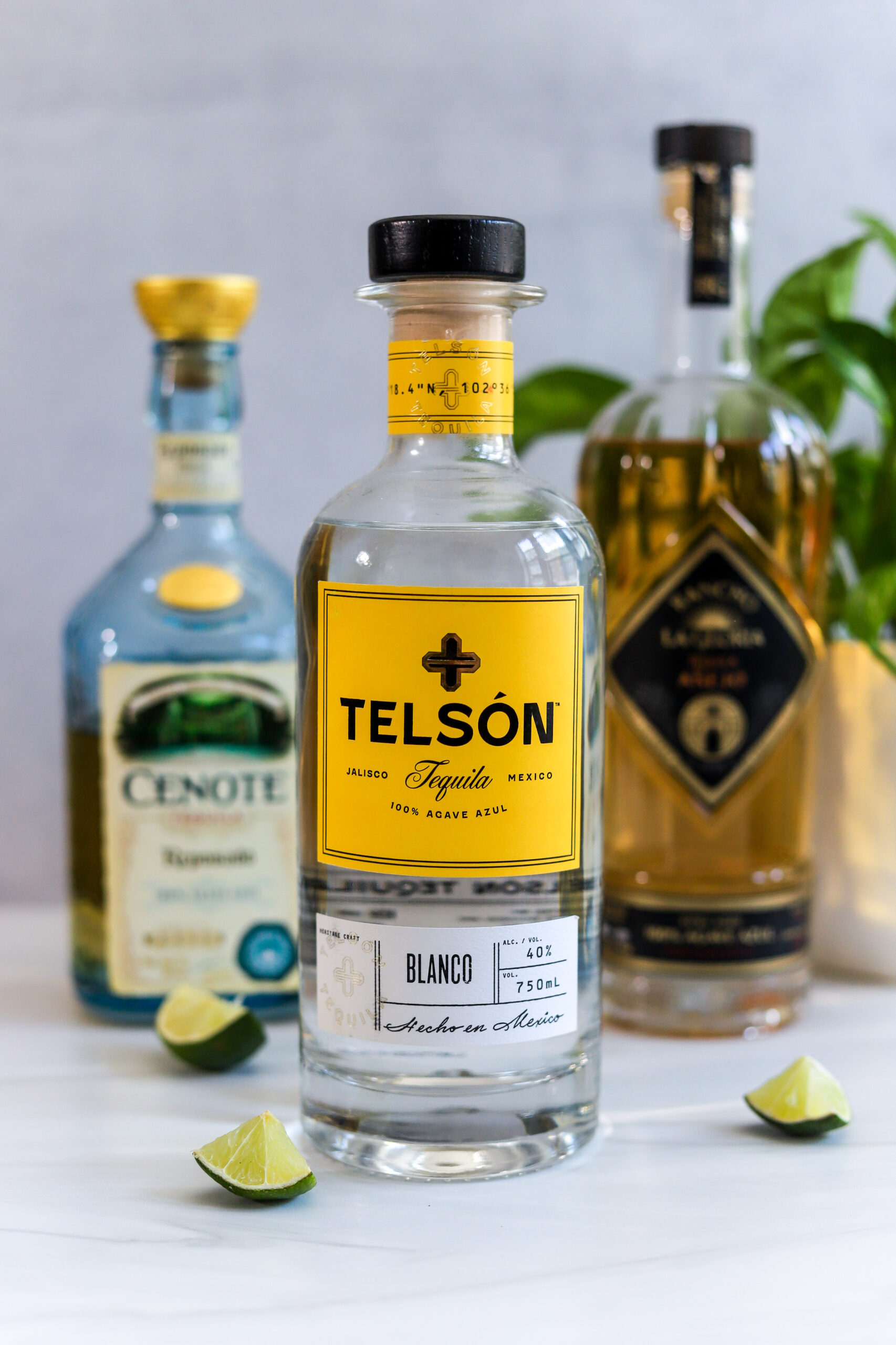
Reposado Tequila
Reposado tequila is tequila that is aged in oak barrels after the distillation process. Reposado tequila is aged for up to one year, so you still have that agave flavor, but the oaky flavor of the barrels will also sneak in there. The barrels and aging process also give reposado tequila that gold hue. This tequila is the perfect tequila for all cocktail recipes. It's not too aged, so it's great in the classic margarita and Palomas, but you can also make other cocktails like a reposado old-fashioned or a Mexican mule since the depth of flavor is there. You might get a honey scent and or taste when sipping on reposado tequila straight.
Favorite Reposado Tequila Brands
- Corazon
- Gran Centenario
- Don Julio
- 1800
- Corralejo
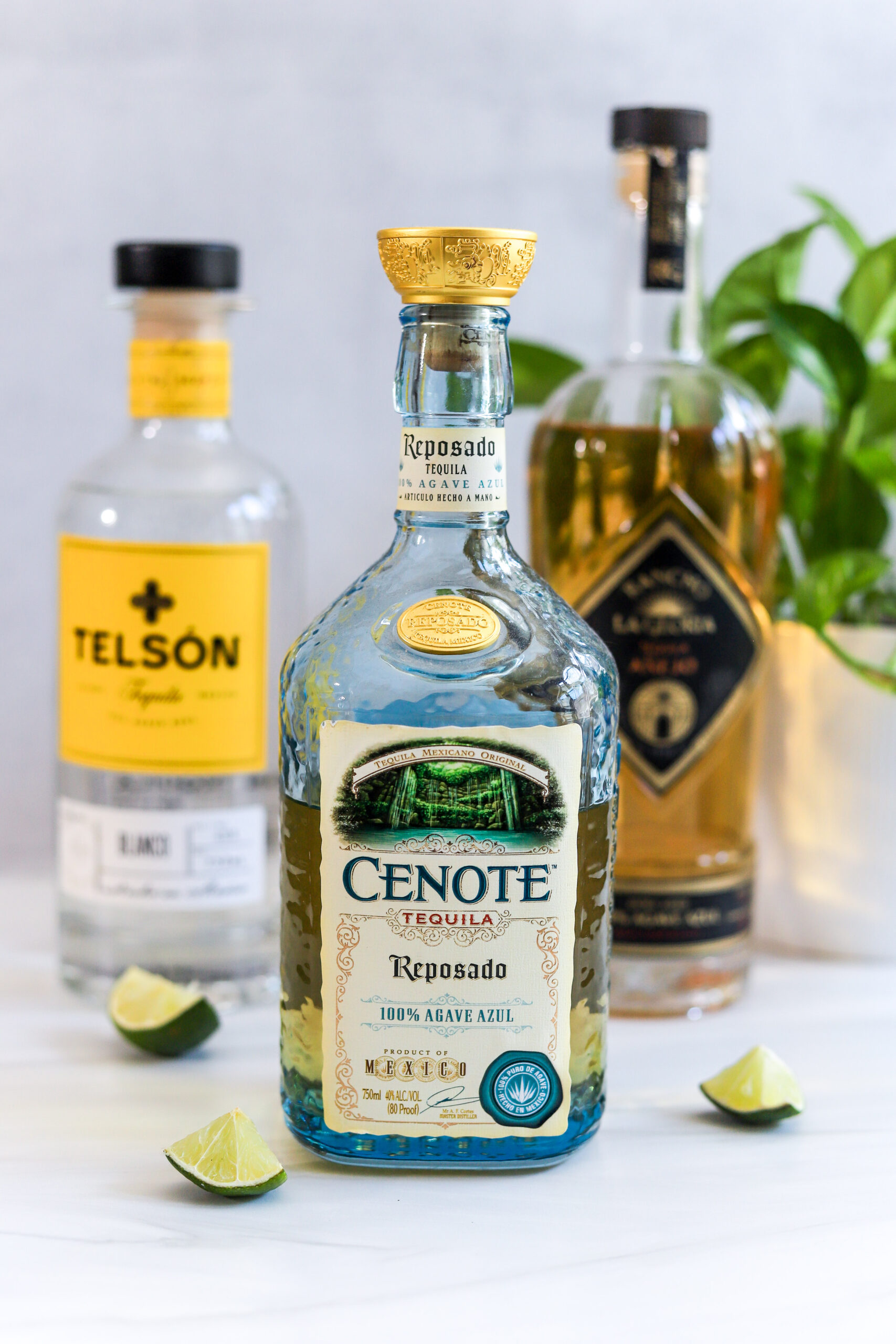
Añejo Tequila
Añejo tequilas are aged for 1 - 3 years in oak barrels. Similar to other brown liquors, like whiskey, the wooden barrels aging process gives it a bit spicier taste, meaning more notes of vanilla, cinnamon, and fruit. If you are looking for a sipping tequila, this is the best tequila for you. Alternatively, if you are a whiskey drinker, try making your favorite whiskey cocktails with añejo tequila instead! It also has that beautiful golden hue from the aging process.
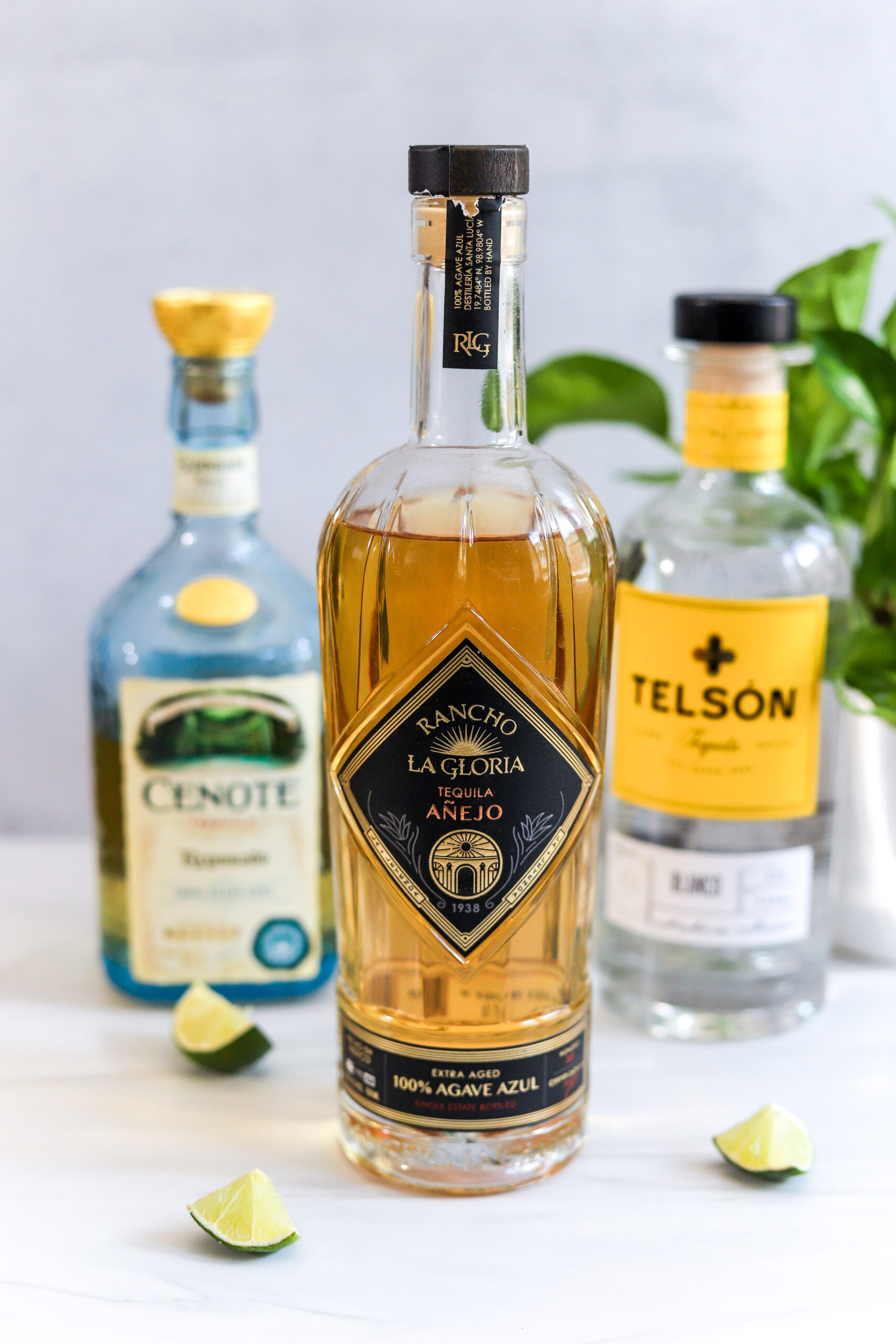
Extra Añejo Tequila
Extra añejo tequila is aged for longer than 3 years giving it a unique flavor combination of fruits, caramel, brown sugar, and vanilla. The caramel coloring on extra añejo is absolutely stunning. It's recommended to treat this type of tequila as a sipping tequila.
Other types of tequila
These are just the four main types of tequila, there are other varietals like mezcal, agave tequila, mixto tequila, and joven tequila.
Agave tequila vs. mixto tequila
Tequila is distilled from the Weber blue agave plant. Although there are many types of agave plants, tequila is only made from the blue weber agave. Tequila can be 100% agave, meaning it is made from 100% blue Weber agave, or it can be mixto tequila. This means that the tequila is a mix of agave and other fermentable sugars. However, legally, tequila is required to be 51% agave. So, that 49% in Mixto tequilas is often made up of cane sugar or high fructose corn syrup. Typically if you see a tequila labeled as "gold tequila" it will be mixto tequila, meaning it doesn't get that amber color from the oak extract and aging process, but rather it gets the gold color from additives like sugar syrup, oak natural extract, etc.
I always recommend going with a 100% agave tequila. The flavor of the tequila is so much better, in my opinion. It has such a smoother flavor and you don't get that harsh taste that is sometimes associated with tequila.
Now, this isn't necessarily 100% proven, but I find that drinking 100% agave tequila could also help with the morning after! Lots of people say they can't drink tequila because of the after-effect, but try switching to 100% blue agave tequila!
What's Joven tequila?
Joven tequila translates to "young tequila" in Spanish. It is typically a blend of blanco tequila with aged tequila. The result is a tequila that has notes of black pepper of the aged tequila but still has that light, crisp, and smooth taste of blanco tequila.
Because it can be blanco tequila blended with reposado, anejo tequila, or extra anejo tequila, there are so many distinct flavors possible when picking up a bottle of Joven tequila. Depending on the unique characteristics, the color of Joven tequila could range from a blanco color to a light golden hue.
What's the difference between tequila and mezcal?
If we are becoming tequila connoisseurs, then we have to be technical when it comes to tequila vs. mezcal. Technically speaking, ALL tequila is mezcal, but not all mezcal is tequila. Mezcal is the name given to the group of spirits made from the agave plant. Tequila is specifically made from the blue weber agave in five Mexican states.
Mezcal, which is most well known for its smoky flavor, can be made from a wide variety of agave plants in nine Mexican states. Mezcal, like tequila, can be categorized into blanco, reposado, or anejo. Mezcal is made by taking the core of the agave plant and roasting the core in conical pits in the ground, similar to how barbacoa is made. This smoking method is why mezcals taste smokier than tequilas.
History of tequila
Tequila has such a rich history dating back to around 250-300 A.D. There's evidence of the Aztecs fermenting the juice of the agave to create their ceremonial wine, otherwise known as "pulque." In 1519, the Spanish conquistadors invaded Mexico and introduced copper stills and distillation to Mexico. It's estimated that within 10 years of the invasion, they were distilling something close to what we consider tequila. The Spanish government opened up a trade route between Manila and Mexico and in the early 1600s, they built the first large-scale distillery in Tequila, a town in the state of Jalisco.
Come 1750, a formal tequila industry started, and by the end of the 1890s, the word "tequila" started being used as opposed to mezcal to reference the agave spirits. Specifically in 1758, the Cuervo family (sounds familiar, right?) began commercially distilling tequila, and the Sauza family followed along in 1873. Although experts estimate that there were many other smaller producers in between.
Tequila received an official definition in 1902, and in 1974, "tequila" became intellectual property of Mexico, and The Tequila Regulatory Council was created to monitor quality product creation and promote the culture behind the spirit.
FAQs
Which type of tequila is best?
It depends on what you like! If you want something crisp, light, and with notes of citrus, opt for Blanco. If you want something with notes of honey, opt for a reposado. If you want something aged with warm flavors like vanilla, opt for anejo.
Which tequila is the smoothest?
Anejo tequila is typically the smoothest tequila. Anejo and extra anejo are considered sipping tequilas due to the long aging process and warm spice notes.
Pin it for later!
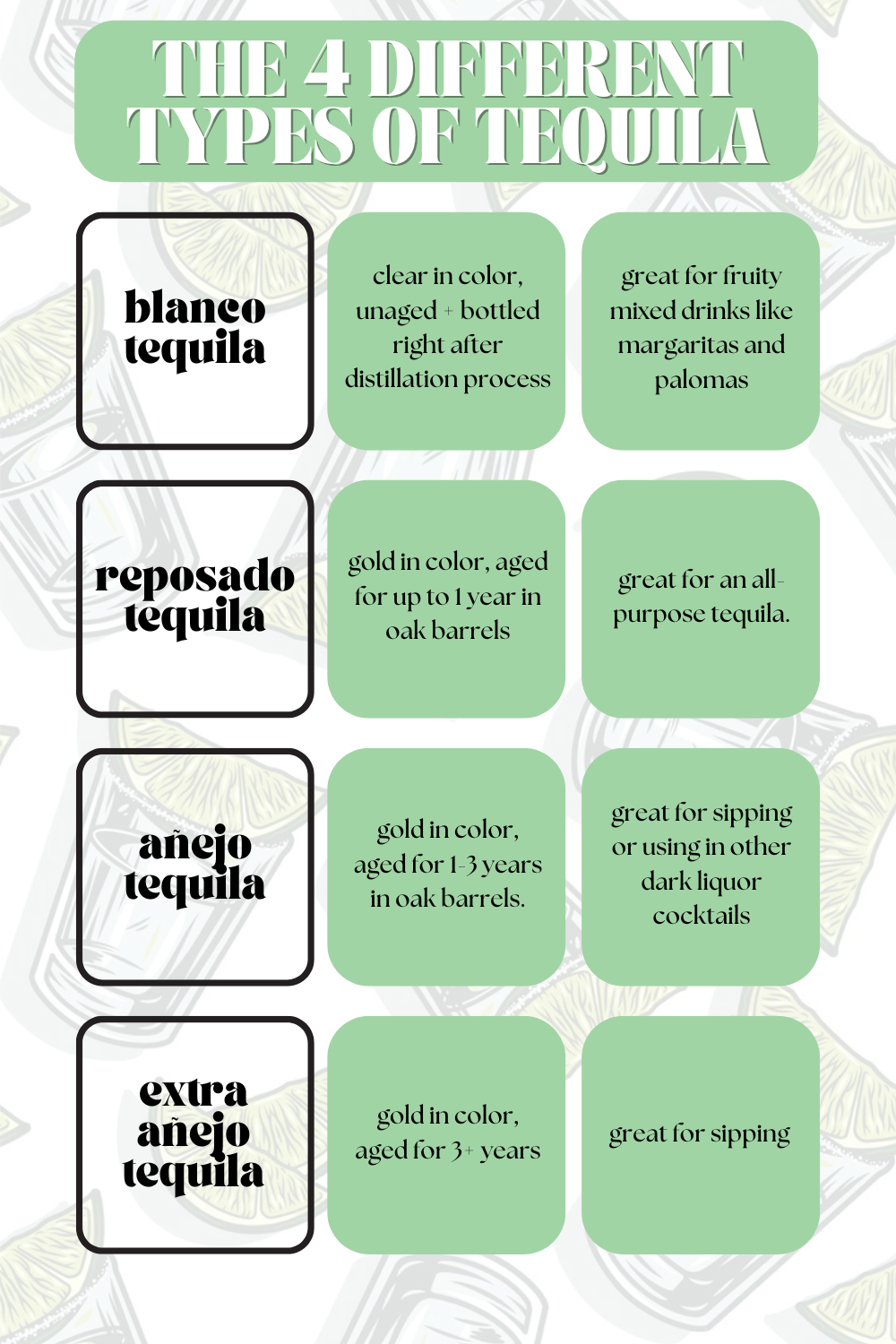





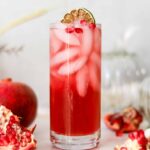



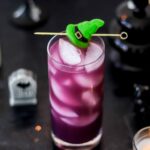
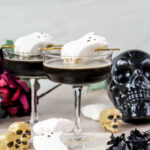

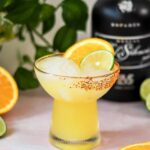
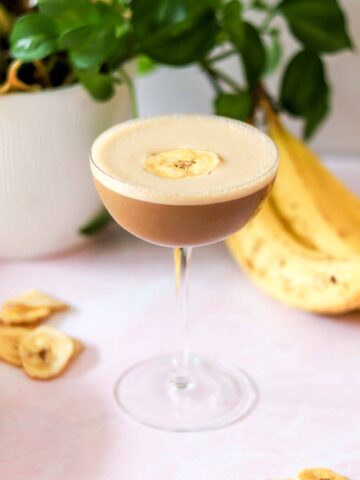
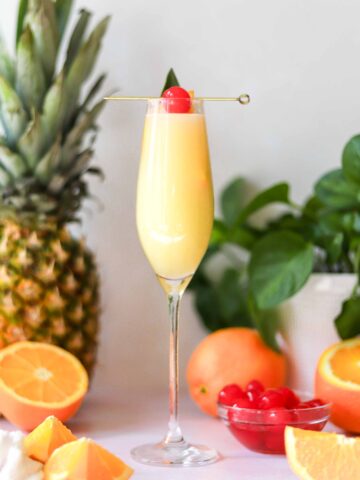
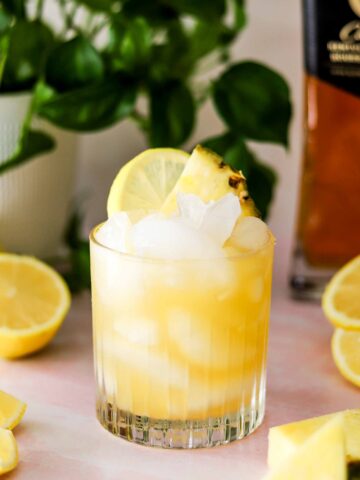
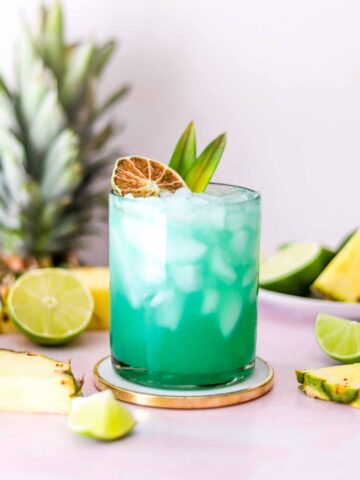
Leave a Reply